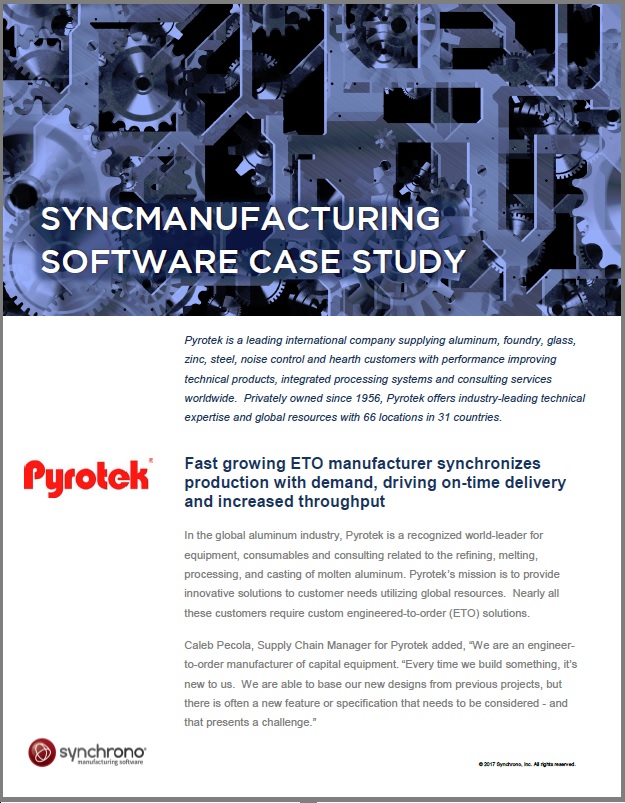Blog
-

White Paper: Why Become More Demand-Driven? Responding to Customer Needs
White Paper: Why Become More Demand-Driven? Responding to Customer Needs When the focus of every business is on revenue growth and meeting specific customer requirements, the need to become demand-driven speaks for itself. This paper will help you outline your business case more efficiently with evidence from similar manufacturing environments that successfully transitioned.
-

White Paper: Demand-Driven Manufacturing Metrics that Drive Action
White Paper: Demand-Driven Manufacturing Metrics that Drive Action Demand-Driven Manufacturing Metrics that Drive Action addresses the key elements of demand, or pull-based manufacturing: Managing constraints and synchronizing activities to improve production flow and, ultimately, throughput. In doing so, this white paper lays the foundation for the Demand-Driven Manufacturing Metrics for Action Guide– a resource that outlines the operational…
-

Thought Leadership: Three Key Strategies of Modern Demand-Driven Manufacturing
Thought Leadership: Three Key Strategies of Modern Demand-Driven Manufacturing Today’s manufacturers are meeting complex market demands while maintaining desired levels of customer satisfaction, supplier performance and production throughput by applying Modern Demand-Driven Manufacturing strategies that enable a more connected environment and serve as the catalyst for progressive concepts, including: The Industrial Internet of Things Smart Manufacturing…
-

Video: The 3 Key Strategies Driving Modern Demand-Driven Manufacturing
Video: The 3 Key Strategies Driving Modern Demand-Driven Manufacturing https://www.synchrono.com/wp-content/uploads/2015/06/2017-10-24-Modern-DDM-Strategies_Final.mp4
-

Customer Case Study: Pyrotek
Customer Case Study: Pyrotek After acquiring more complex equipment and expanding its product line, Pyrotek – a global engineering leader and innovator of performance-improving technical solutions and services for the aluminum industry – experienced tremendous growth. Growth that was compounded by the fact that as an engineer-to-order (ETO) manufacturer of capital equipment, every project they build is…
-

Customer Case Study: Orbital ATK
Customer Case Study: Orbital ATK Orbital ATK, Aerospace Structures Division (ASD), is a leading supplier of composite structures for the aerospace and defense industries. With a strong foothold in commercial and military aircraft and launch vehicle programs, the company was looking to equip a new facility with demand-driven, factory of the future technology to support its…
